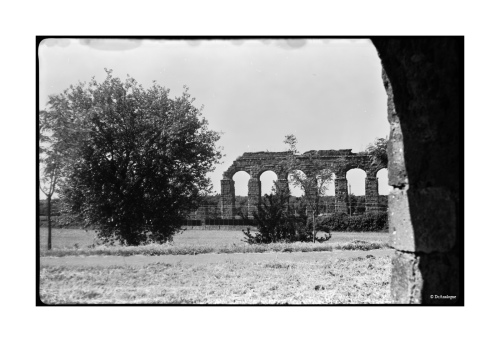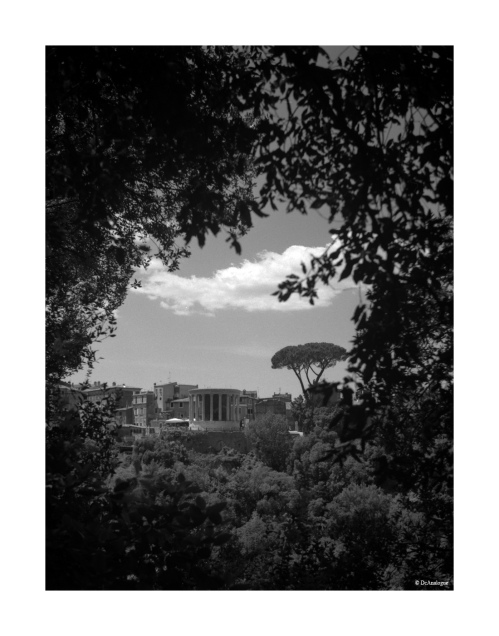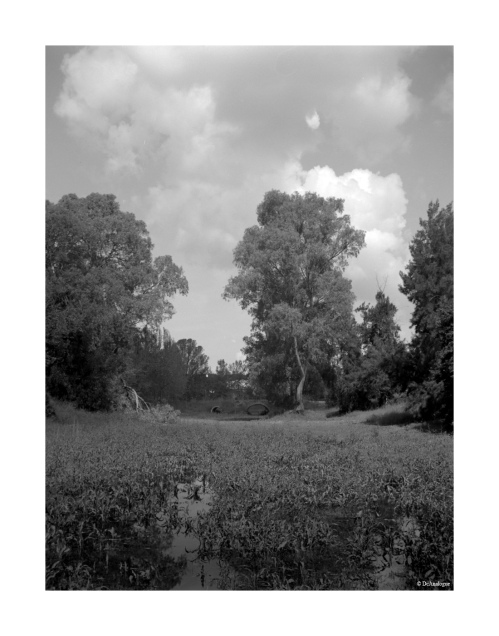As the “lucky” readers of the previous post will have noticed, there are simple and inexpensive cameras that allow us to take good photographs. So, it’s useless to blame our equipment if we can not achieve good results. Better to focus on how we work, analyze our mistakes and learn from them, treasuring every single experience. Compared to what I propose today, the Lubitel used the last time, was a an expensive and highly sophisticated camera … … 😉
Month: May 2015
Lubitel 166U First test
A small (and lightweight) plastic parallelepiped, a not so sophisticated lens (plus another for framing), a focus ring, one dial for setting the apertures and another for shutter times, a cocking lever for the shutter, a winding knob for the film and a trigger lever. The Lubitel 166U is all here. A Soviet medium format TLR, produced at Lomo Fabrik during the eighties. After all, to take photographs we need just a few things (and sometimes even less, as we shall see in the future), but when you come back from a weekend and realize that you missed (technically speaking) just one of 12 frames, you continues to be a bit surpised.
TEST ADOX CMS 20 DEVELOPED IN ARS IMAGO FD (PART TWO)
Okay, I will confess: I did it again! I went again against the rules and developed once more the Adox CMS 20 film with a conventional developer (Ars Imago-Fd) instead of the dedicated one. The reasons which lead to this are widely mentioned in this post, which describes the results of my first test with this combination. As reported in the conclusions, I had promised myself to make a new test exposing for a lower speed than the nominal 20 Iso, in order to have more open shadows and to evaluate the yield of the intermediate grey tones and highlights using these new parameters. Thanks to the cooperation of Ars-Imago, I had the chance to try some other film rolls.
A Busy Sunday
It has been a busy Sunday the last one. With much satisfactions but also some minor problems. I went with my youngest son to visit a natural reserve and since I had decided to “travel” light, I had with me only the small Zeiss Ikon Nettar 515 (Click on the link to see more about it), the Pentax Spotmeter III, two filters and just a couple of film rolls. The first one I used, after more than thirty years (in fact I had already used it another time, but was lab-developed) was Ilford FP4 +, while the second was the Ilford HP5 + (and this, really , for the first time).
CCCP – Moskva 5 first Test
Unlike the previous post, where the protagonist was the small folding Zeiss Nettar 515, this time the scene is entirely dedicated to a flagship camera: the Russian Moskva 5. An impressive one, both in weight and size. Compared to Nettar though, the features are of a different level. It was a camera dedicated to professionals and advanced amateurs. Given the period (1955-1960), contained almost everything that the technology could be made available to photographers.
Zeiss Ikon Nettar 515 Test
She’s really small, almost looks like a toy. She fits in the pocket of a jacket and you almost do not notice but when you load the film, you put into the same 120 rolls of any other medium format camera and then you realize that you can take “serious” pictures with this one too. I’m talking about the Zeiss Ikon Nettar 515, a 6 x 4.5 cm folding camera which at the time belonged to Zeiss economic production line. I bought one for a few euros and couldn’t wait to test on field.





